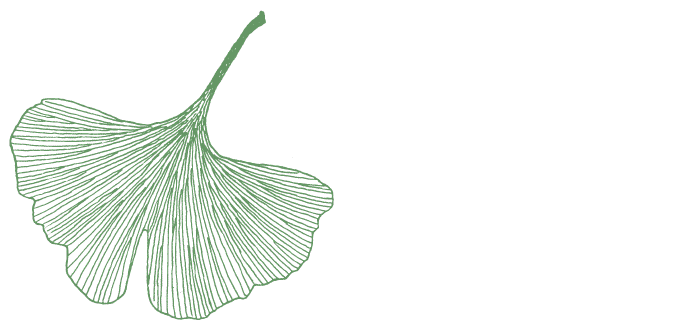 Healing with the use of light is not new. Light therapy was reported to be effective for many conditions by Hippocrates. With the development of the laser and its special properties, using light as a treatment modality has gained more popularity. This is because we can now use specific wavelengths of light and give accurately measured doses of energy directly to the appropriate treatment site. This was not possible with other light sources.
Healing with the use of light is not new. Light therapy was reported to be effective for many conditions by Hippocrates. With the development of the laser and its special properties, using light as a treatment modality has gained more popularity. This is because we can now use specific wavelengths of light and give accurately measured doses of energy directly to the appropriate treatment site. This was not possible with other light sources.
Low level lasers, also known as cold lasers, have been in medical use around the world for over 30 years. This modality has a long record of successful clinical studies that demonstrate its medical efficacy and safety.
Low level lasers supply energy to the body in the form of non-thermal photons of light. Light is transmitted through the skin’s layers (the dermis, epidermis and the subcutaneous tissue or tissue fat under the skin) at all wavelengths in the visible range. However, light waves in the near infrared ranges penetrate the deepest of all light waves in the visible spectrum. When low level laser light waves penetrate deeply into the skin, they optimize the immune responses of our blood. This has both anti-inflammatory and immuno-stimulatory effects. Light transmitted to the blood in this way has positive effects throughout the whole body, supplying vital oxygen and energy to every cell.
The Physiological Effects of LLLT:
• Increased cell metabolism and ATP production
• Improved blood circulation and vasodilatation
• Analgesic effect
• Anti-inflammatory and anti-edematous effects
• Stimulation of wound healing
The Benefits of LLLT to Patients:
• Relieves acute and chronic pain
• Increases the speed, quality and tensile strength of tissue repair
• Increases blood supply
• Stimulates the immune system
• Stimulates nerve function and regeneration
• Develops collagen and muscle tissue
• Helps generate new and healthy cells and tissue
• Promotes faster wound healing and clot formation
• Reduces inflammation
What to Expect During a Laser Therapy Treatment Session
For most people, laser therapy is quite passive. There are no pulsating shocks, as in forms of electronic stimulation, nor heat as with ultrasound. The most noticeable sensation is the touch of the probe head of the laser as it comes in contact with the skin.
Some patients (3-5% of those undergoing light therapy) have reported a slight tingling or tapping in a nerve or along a nerve pathway. Some have noted that they are able to sense a slight feeling of warmth. For the most part, however, the treatment, which may last from 2 to 20 minutes, is not noticed at all.
Following (and even during) a laser therapy session, approximately 75-80% of patients being treated can notice an immediate improvement in their condition, though it can take 3-4 sessions before a noticeable change occurs. This will depend primarily on the type of condition being treated and the length of time the condition has been present.
Generally, the more chronic or severe the condition, the longer it takes to respond. The majority of conditions treated will take anywhere from 4-5 or 10-18 treatments. Once again, the number of treatments depends upon the severity of the condition and its duration.
I am very excited to now be offering this new therapy as part of my practice!
